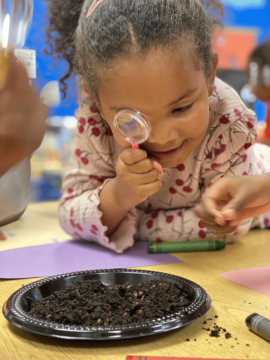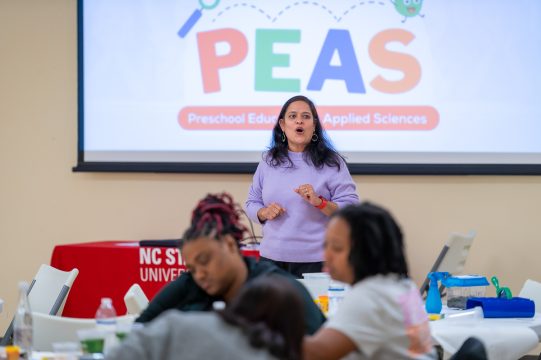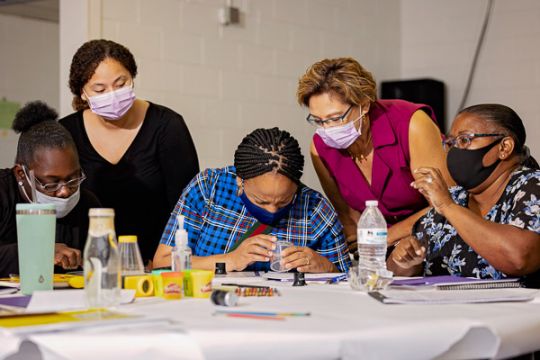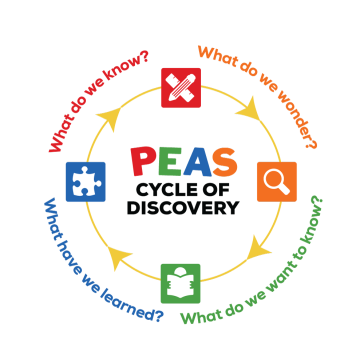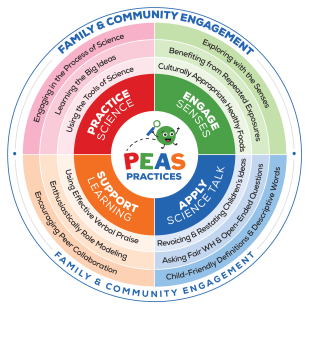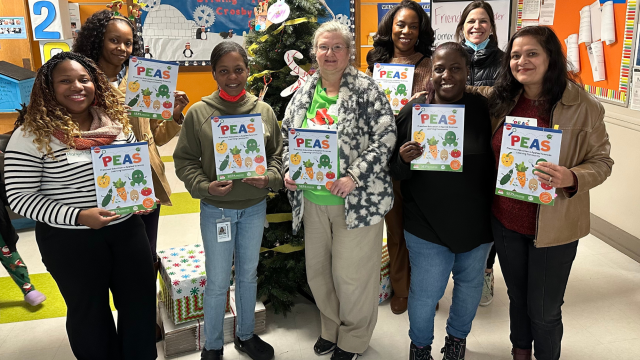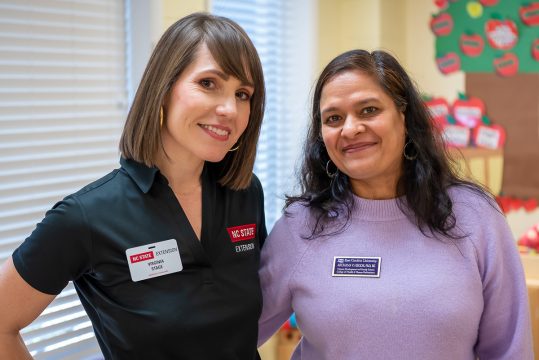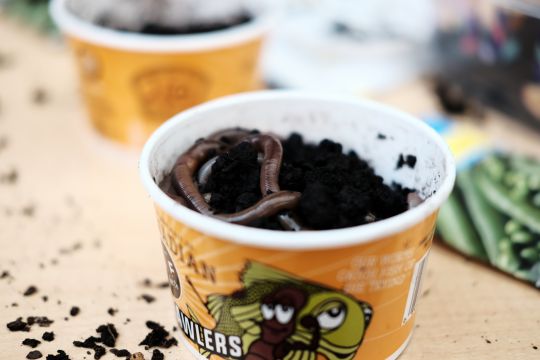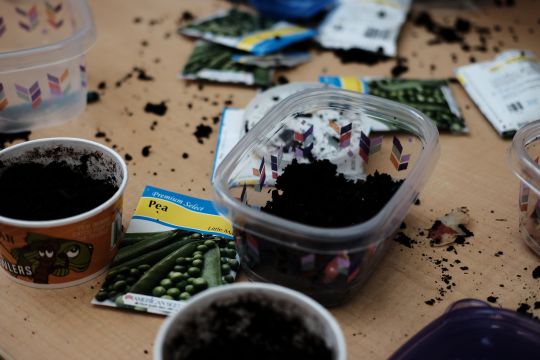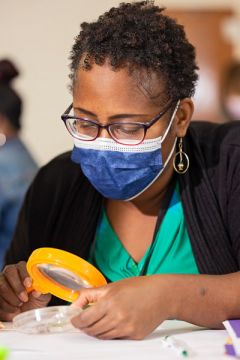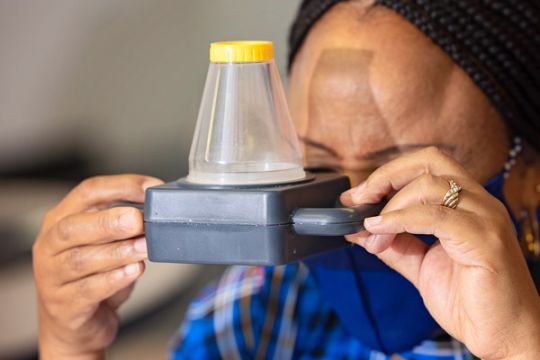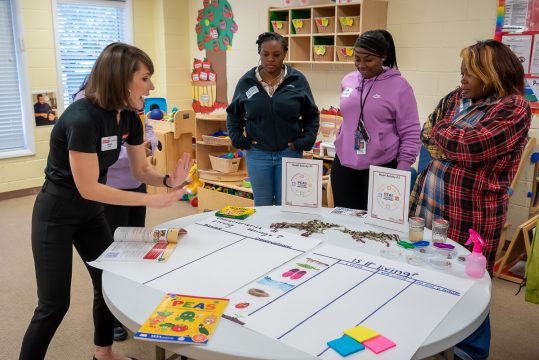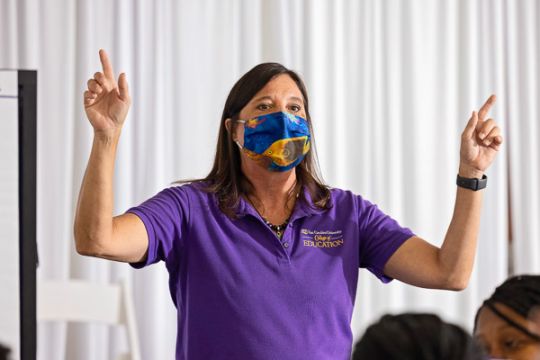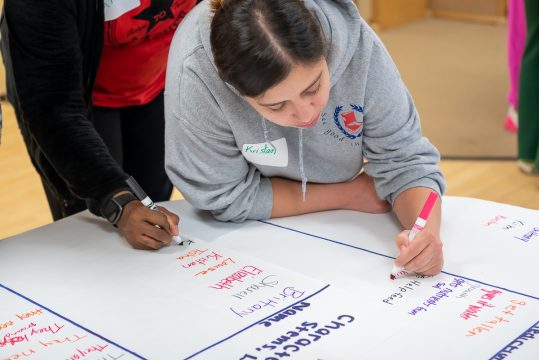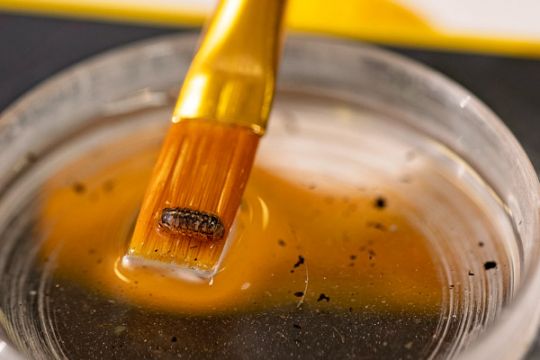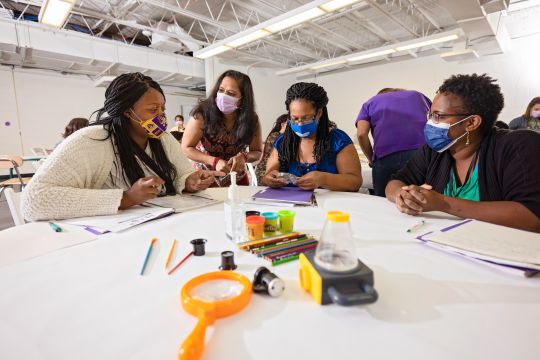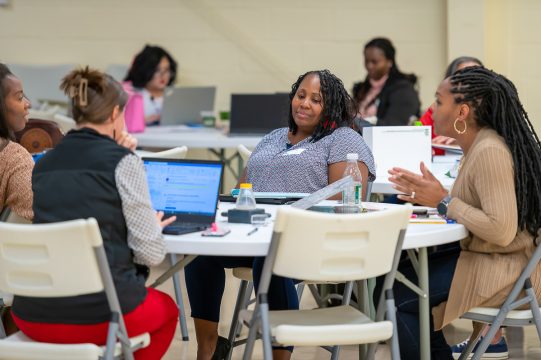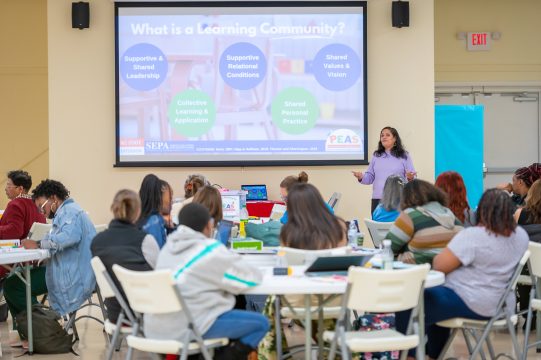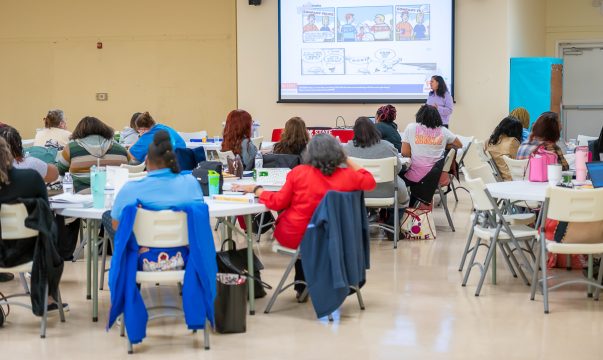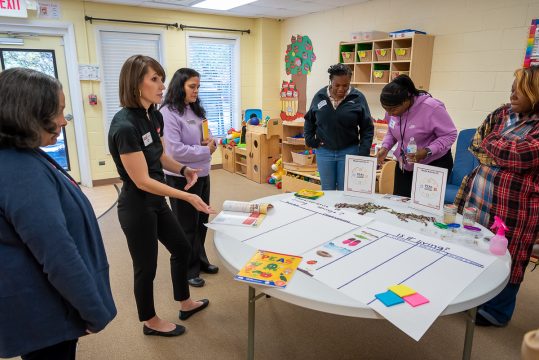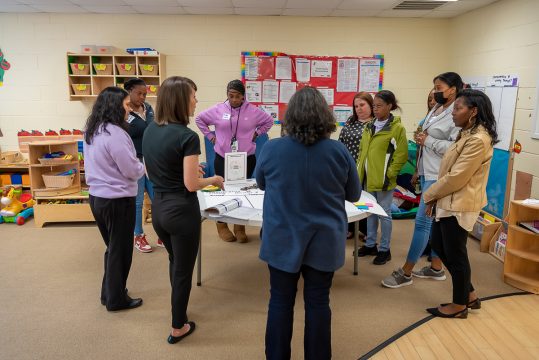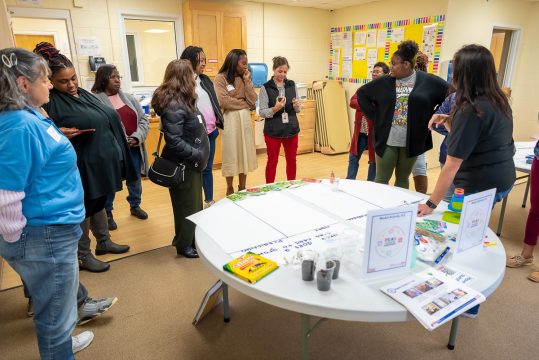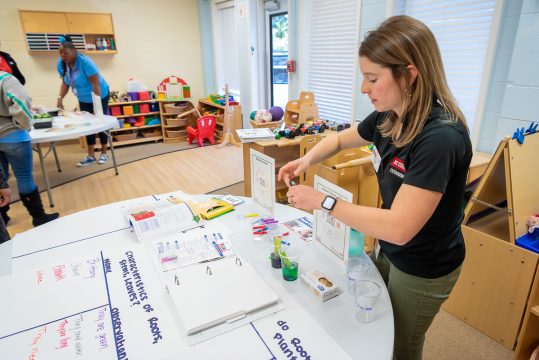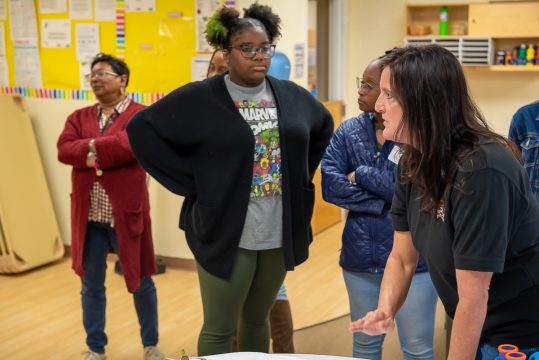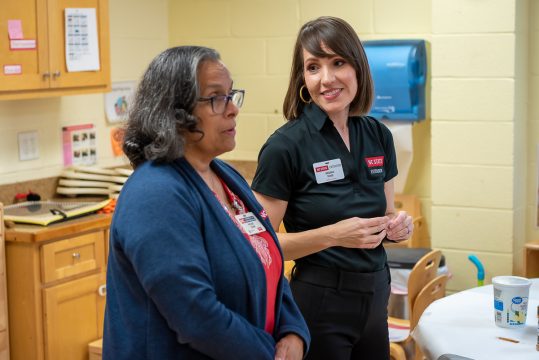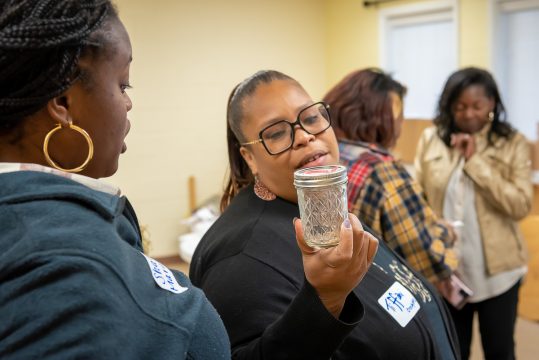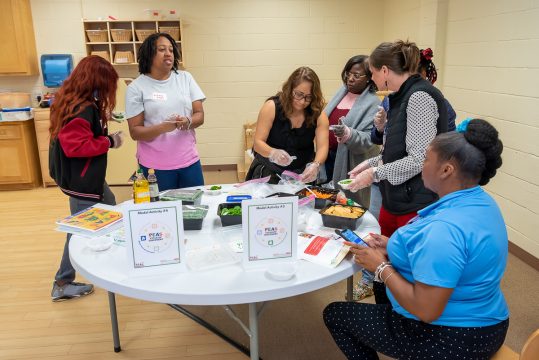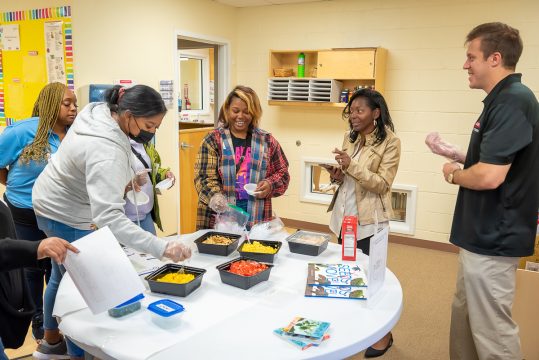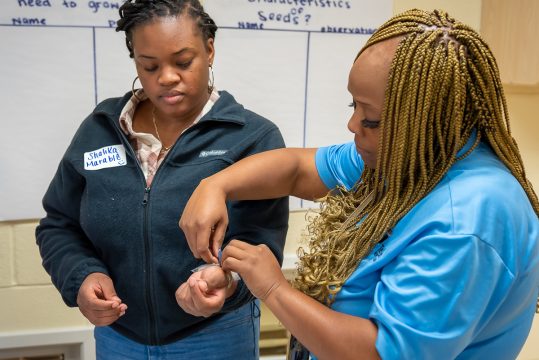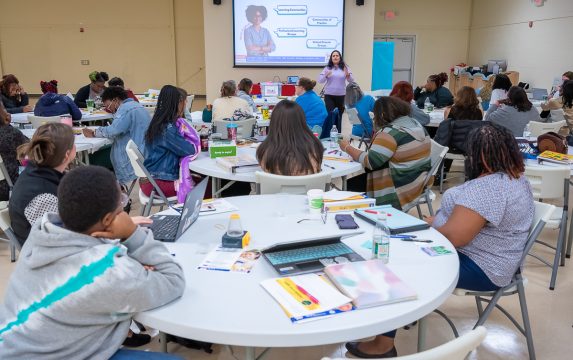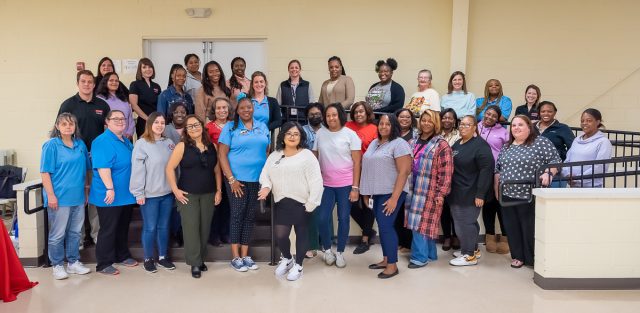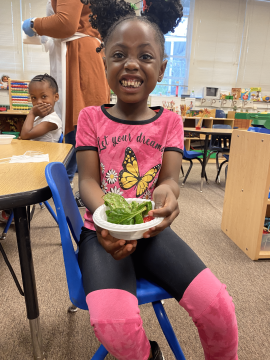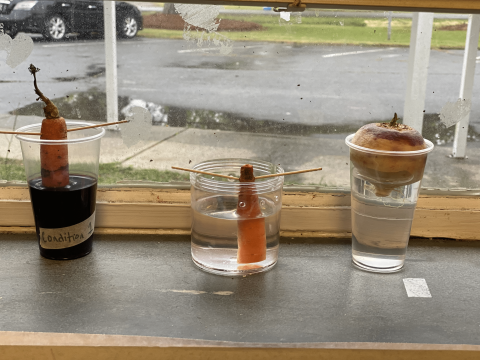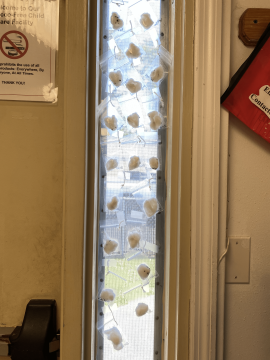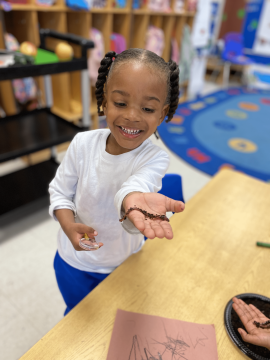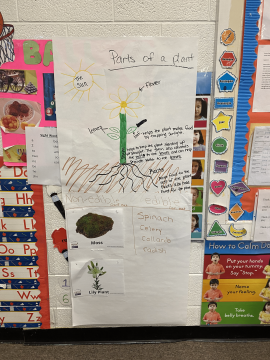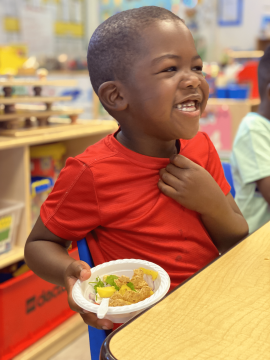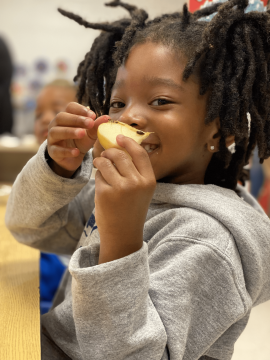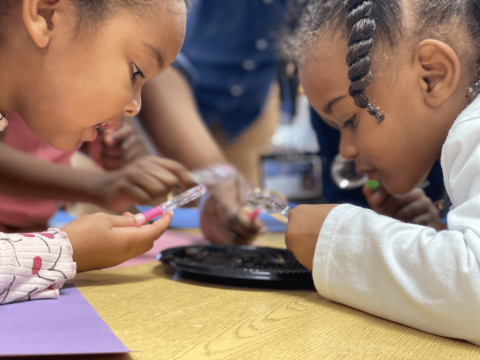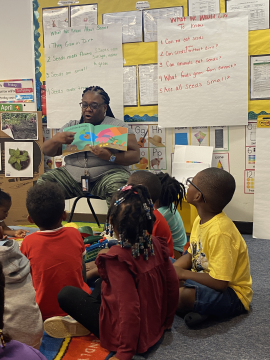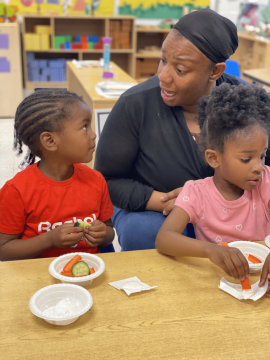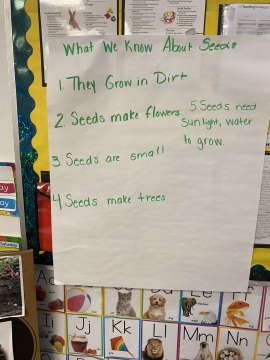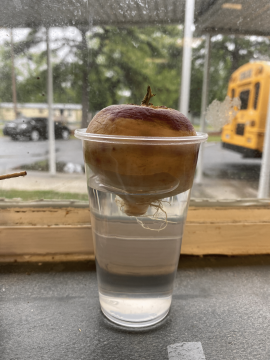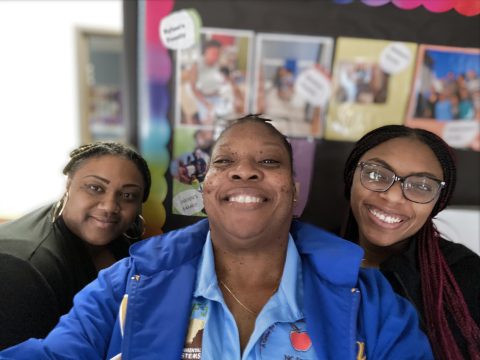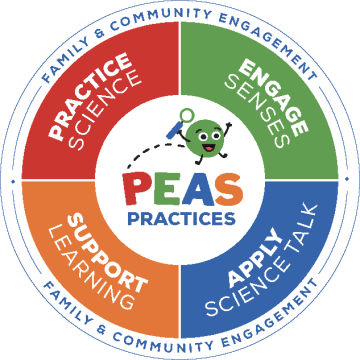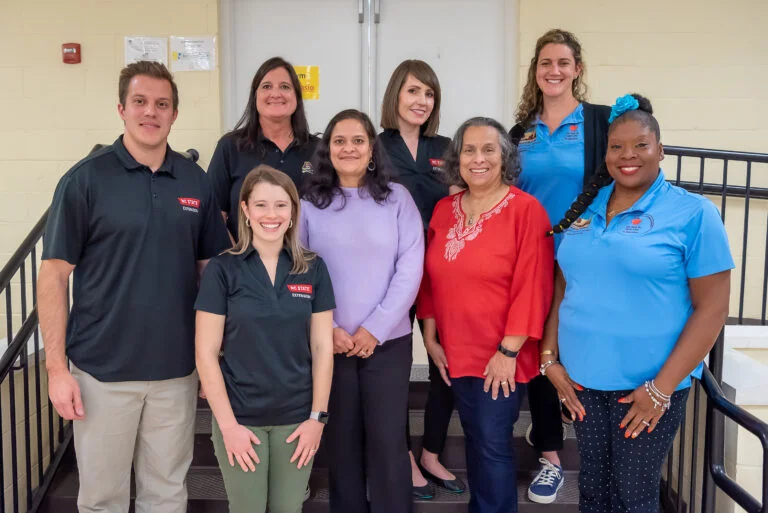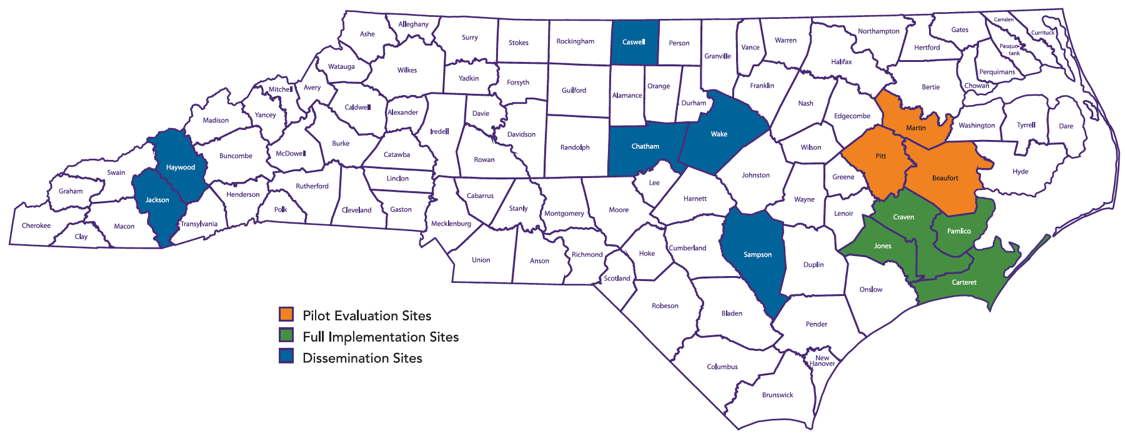More PEAS Please! Bridging the Gap Between Preschool and K-12 Science Learning Environments
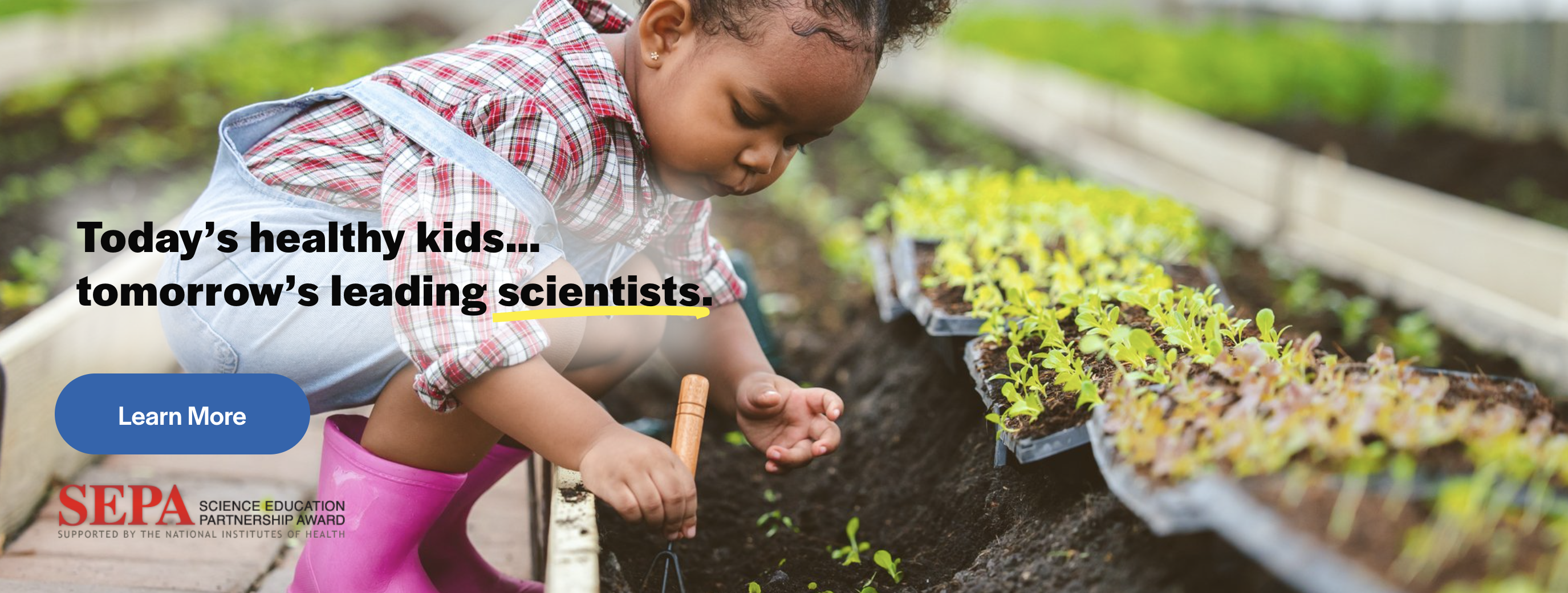
Project Website(s)
-
Project Description
The proposed research project aims to develop, evaluate, and disseminate PEAS (Preschool Education in Applied Sciences), an innovative multi-component professional development program that will focus on building a stronger preschool STEM educator workforce. Strengthening the preschool educator workforce will build teachers’ science teaching knowledge, science teaching interest, and science teaching efficacy; improve the quality of early STEM experiences for underrepresented minority children; improve children’s science knowledge and development of language within the context of healthy living; and ultimately feed the STEM pipeline with individuals prepared for careers in the health sciences. Over the course of the program, we will impact over 350 teachers and 3,400 children with hands-on, inquiry-based science learning, with thousands of additional children reached through teachers who continue implementing the PEAS approach in subsequent years.
-
Abstract
Preschool is generally excluded from efforts to integrate STEM education into school settings. As a result, little STEM is actually taking place in preschool classrooms, resulting in millions of children each year entering K-12 having limited exposure to quality STEM learning. This is particularly concerning for underrepresented, minority (URM) children, who often start kindergarten lacking the foundation needed for academic success. If children do not engage in quality STEM experiences early, they lose interest and the lack the confidence that they can “do” STEM. Unfortunately, preschool learning environments do not generally provide quality science education with a poorly prepared educator workforce, and a gap between preschool and elementary STEM teaching practices being cited as primary barriers. To bridge this gap, this project will bring together an interdisciplinary team of early childhood educators, K-12 STEM faculty, and Head Start preschools to focus on building a stronger preschool STEM educator workforce. Our central goal for this project is to develop, evaluate, and disseminate PEAS (Preschool Education in Applied Sciences), an innovative multi-component professional development program focused on teaching preschool educators how to design and guide effective, inquiry-based learning experiences that teach science and develop language within the context of healthy living. PEAS will address well-described gaps in the scientific training of early childhood teachers that threaten the effective implementation of science-focused learning activities, and ultimately, the long-term growth and development of underrepresented minority (URM) children in science. This project aims to impact preschool learning environments by: (1) developing the PEAS Teaching Guide, a novel approach to teaching preschool teachers how to design and teach developmentally appropriate, integrative, inquiry-based science for 3-5-year-old children aligned with the Next Generation Science Standards’ Practices of Science and the Life Science Disciplinary Core Idea; (2) creating an NIH SEPA PEAS Institute for Early Childhood Teachers focused on building science teaching knowledge, science teaching interest, and science teaching efficacy among participating teachers; and (3) establishing an early STEM support network of Head Start teachers, administrators, program faculty, and community partners within and between NC-based Head Start programs to ensure continued teacher support and program sustainability. Over the course of the program, we will impact over 350 teachers and 3,400 children with hands-on, inquiry- based science learning, with thousands of additional children reached as teachers continue implementing the PEAS approach in subsequent years. Further, strengthening the preschool educator workforce will improve the quality of early STEM experiences, “bridge the gap” between preschool and K-12 learning environments, advance the field by serving as a model for future programs, and ultimately feeding the STEM pipeline.
-
Dissemination Strategies
Face-to-Face and Online Teacher Professional Development
Project Photos
Project Audience
Head Start Teachers and Preschool Children (3-5 years)
Subjects Addressed
Life Science, Teacher Professional Development
Associated SEPA Publication(s)
-
More PEAS Please! Teaching Teachers How to Integrate Food-based Learning Into Preschool Science
Journal of Nutrition Education and Behavior
Stage V, Resor J, Dixon J, Hegde A, Méndez L, Lee T, Breinholt R, Goodell S, McMillan J, Gilliam E. -
Integration of Food-based Learning With Science in the Preschool Classroom: Implementation Gaps and Opportunities
Journal of Nutrition Education and Behavior
Dixon J, Hegde AV, Goodell LS, Arnold A, Swindle T, Dev D, Méndez L, McMillan V, Lee T, Stage V -
Let’s Talk: Linking Science and Language Learning in the Preschool Classroom
Young Child
Mendez L, Lee T, Hegde AV, McMillan V, Dixon J, Goodell LS, Stage V -
Food-Based Science, Technology, Engineering, Arts, and Mathematics (STEAM) Learning Activities May Reduce Decline in Preschoolers’ Skin Carotenoid Status
Journal of Nutrition Education and Behavior
Bayles, J., Peterson, A.D., Jilcott Pitts, S., Bian, H., Goodell, S., Burkholder, S., Hegde, A.V., & Stage, V.C.


